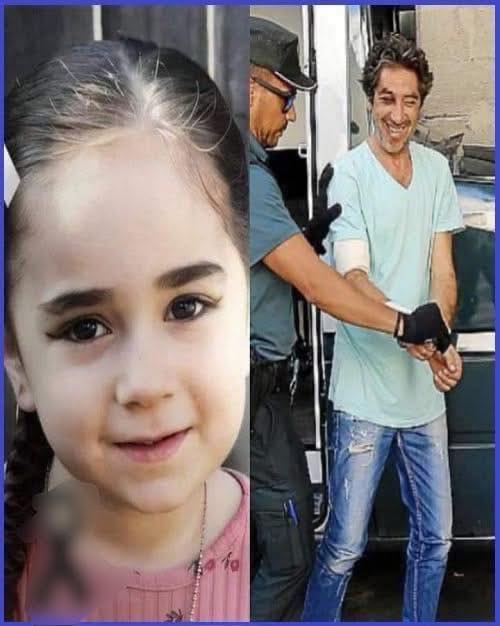Perla Alison, a young girl still in her teenage years, from the neighborhood of Santa Martha Acatitla, vanished without a trace after she left her home one afternoon with the simple intention of buying candy. What should have been a brief and innocent errand quickly turned into a nightmare that gripped the community and eventually the entire nation. Family, friends, and neighbors launched frantic searches and shared pleas on social media, desperate to find any sign of Perla. Every passing day without news deepened the worry and despair.
Tragically, only days later, Perla’s lifeless body was discovered inside an abandoned, dilapidated building located near the Constitución de 1917 metro station. It was a nearby resident who alerted authorities after being overcome by a strong, disturbing foul odor emanating from the derelict structure. When police arrived and conducted their investigation, they found clear signs that Perla had been subjected to violence before her death. This horrific discovery confirmed the worst fears of her loved ones and shocked the wider public.
Given the nature of the crime, officials immediately launched an official femicide investigation, recognizing the case as part of a grim pattern of gender-based violence plaguing the country. The brutal killing of Perla Alison sparked an outpouring of grief, anger, and calls for justice not only from her family but also from feminist groups, human rights organizations, and civil society activists nationwide. These groups have demanded urgent action from government authorities to prevent further tragedies and to ensure that perpetrators of such heinous acts face the full force of the law.
The community surrounding Santa Martha Acatitla and the broader Mexican public have been profoundly affected by Perla’s death. Vigils have been held in her memory, with hundreds gathering to honor her short life and to raise awareness about the epidemic of violence against women and girls. The case serves as a stark reminder of the ongoing struggle many face in seeking safety and justice in their own neighborhoods and highlights the critical need for systemic change.
As investigations continue, many are calling for reforms to improve protective measures for vulnerable individuals and for greater accountability within law enforcement and judicial systems. Perla’s story has become emblematic of a nationwide crisis — one that deman
